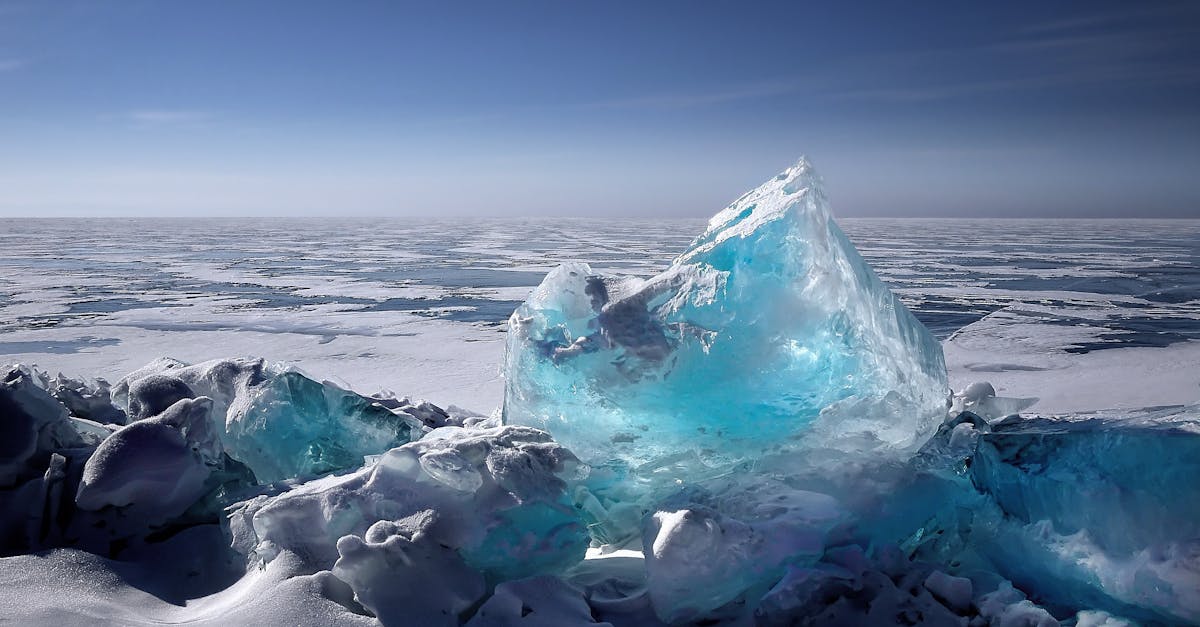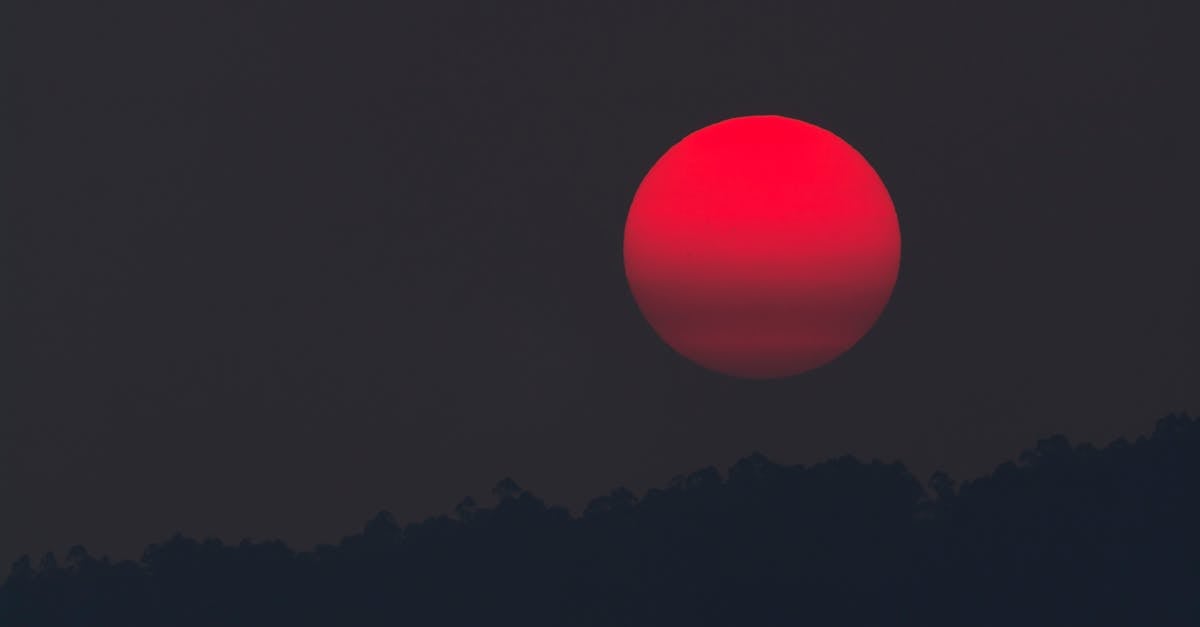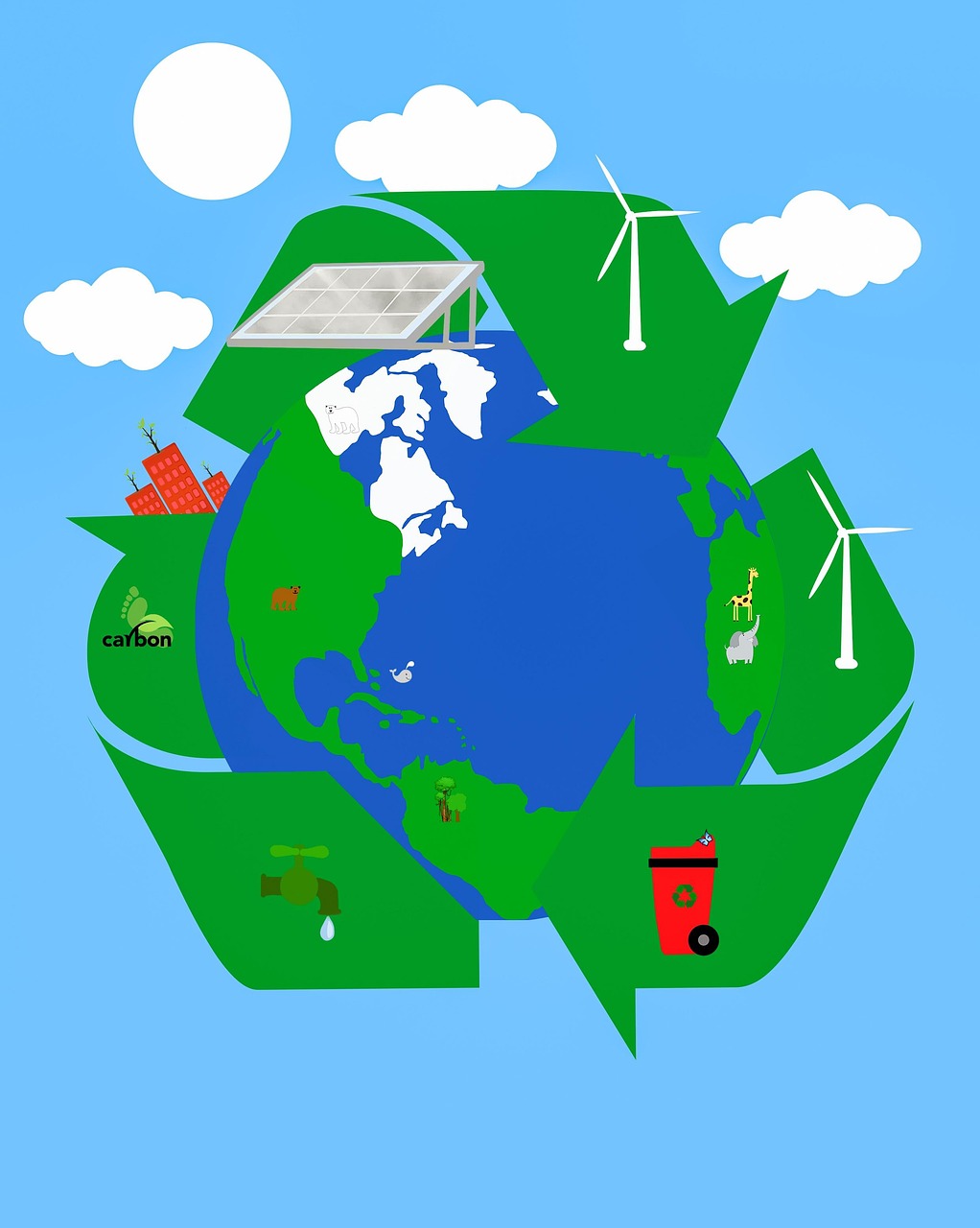In 2025, the United Nations named the year as one focused on glaciers, drawing attention to their rapid melting. These massive ice bodies have long served as natural water towers, feeding rivers and lakes across continents. Now they are shrinking fast due to warming global temperatures. Some glaciers have already vanished in places where they once covered entire valleys.
This year brings fresh efforts from countries across the globe. From the Alps to the Andes, mountain communities, scientists, and governments are taking part in protection work. While these icy giants seem far removed from everyday life, they support millions of people. Their loss would affect farming, water supply, and even power production in many areas.
The urgency comes from both science and real-world changes. Reports show that glaciers are disappearing faster than ever before. In some regions, they may vanish completely in this century. This is not just about ice. This is about life.
Global Moves to Slow the Melt
Several nations are launching local and regional projects to slow the retreat of glaciers. In Switzerland, white covers are used to shield parts of the Rhône Glacier from the summer sun. The method may seem basic, but it has helped preserve ice during warm months. In the Himalayas, artificial ponds collect winter water that can freeze into new ice during colder nights. These kinds of simple steps can help hold back loss, at least for now.
Governments are also setting up new laws to guard high mountain zones. Some regions have begun limiting tourism or banning traffic near glaciers. In Iceland, signs mark locations where glaciers once stood only a few decades ago. These signs act as a reminder of what has already been lost and how fast it can happen.
Despite the range of projects, experts agree that only long-term changes in energy use will protect glaciers. If greenhouse gas emissions continue, many of these projects may only delay the loss. A deeper shift in how we use power and transport must come soon.
Why This Ice Matters to Everyone
Glaciers are often linked to faraway mountain ranges, yet their reach stretches far beyond. Rivers like the Ganges, Yangtze, and Indus begin in glacial zones. Meltwater from these glaciers supports drinking water and farming for hundreds of millions of people. Their steady flow during dry months is key for life in regions that rely on seasonal snow.
When glaciers shrink, their runoff becomes more unpredictable. Some rivers may flood at first from faster melt, then dry out in later years as the ice runs out. This is already being seen in parts of Peru and Pakistan, where shrinking ice is changing how people grow food and access clean water.
Glaciers also reflect sunlight into space. With less ice, the Earth absorbs more heat, which can speed up warming. This link creates a loop that worsens the problem. Fewer glaciers mean more warming, which means even faster loss. This feedback is now seen as one of the most dangerous parts of climate change.
The Role of Local Knowledge and Youth
In places like Nepal and Chile, local communities are playing a big part in keeping glacier areas healthy. People who live in the mountains often know the ice better than anyone else. They can track changes, report floods or shifts in water flow, and help guide new projects. These voices are being heard more often in climate talks, which helps ground decisions in reality.
Young people are also stepping in. Many schools and universities now teach about glaciers as part of their climate lessons. Students join science teams, run awareness drives, and push for action in their local councils. Some have even formed youth groups that focus just on ice. Their energy is helping keep the issue in the spotlight and spark change at the community level.
The use of digital tools is helping these efforts grow. Photos, drones, and satellite maps show how glaciers are shrinking. People can now compare images from just a few years apart and see how fast the change is. This clear evidence has become one of the strongest tools in raising awareness.
What the Future Could Hold
If steps are taken now, there is still time to slow the pace of glacier loss. The 2025 campaign is not just a call for help; it is a window for action. Some glaciers can be saved. Others may shrink but survive in smaller forms. These outcomes depend on how the world reacts in the coming years.
There is hope in the many projects already in motion. From policy shifts to local clean energy work, the signs of change are growing. Countries have pledged new climate goals, some with glacier zones named in their plans. These moves show that leaders are taking the threat more seriously.
Still, global cooperation is needed. Ice knows no borders. What happens in one place can affect another. When one country acts alone, the gains are small. When nations work together, change grows stronger. That is the idea behind this year’s focus. Shared concern can lead to shared steps.
Conclusion
The International Year of Glaciers’ Preservation shines a light on one of the planet’s most urgent challenges. Glaciers are melting faster than ever, but the world is not standing still. From mountain towns to global summits, people are stepping up with care and action. These frozen rivers of ice are more than distant wonders—they are part of the water, food, and energy many rely on every day.
This year brings a chance not just to remember what is at risk, but to take real steps to protect it. Glaciers may seem strong and ancient, but they are melting right now. Their fate rests in the choices made today. Keeping them means changing how we live, how we power our world, and how we treat the natural systems that support life everywhere.
Let 2025 be the year we choose to keep the cold where it belongs—high on the peaks, flowing into rivers, shaping valleys, and feeding life.














Leave a Reply